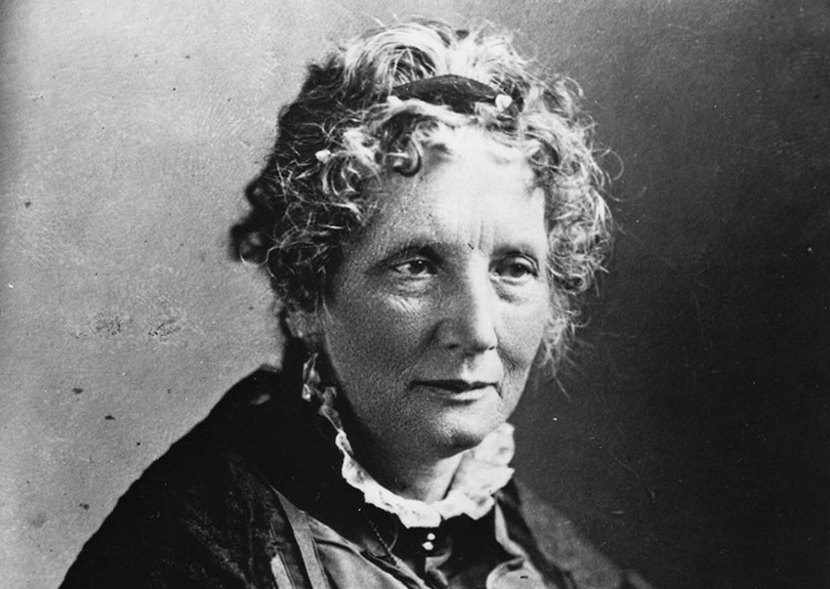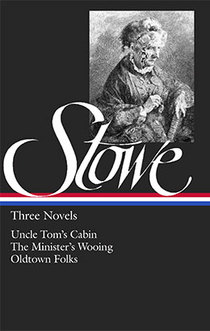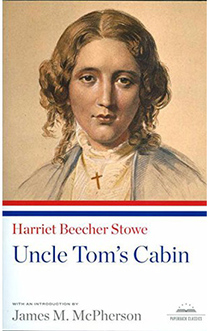
Major works:
Uncle Tom’s Cabin
“We lived and moved at that time, with great intensity, in Mrs. Stowe’s novel. . . . There was, however, I think, for that triumphant work no classified condition; it was for no sort of reader as distinct from any other sort, save indeed for Northern as differing from Southern: it knew the large felicity of gathering in alike the small and the simple and the big and the wise, and had above all the extraordinary fortune of finding itself, for an immense number of people, much less a book than a state of vision, of feeling and of consciousness, in which they didn’t sit and read and appraise and pass the time, but walked and talked and laughed and cried. . .”
—Henry James on Uncle Tom’s Cabin, in A Small Boy and Others (1911)
Uncle Tom's Cabin
Harriet Beecher StoweThe dealers in the human article make scrupulous and systematic efforts to promote noisy mirth among them, as a means of drowning reflection, and rendering them insensible to their condition. The whole object of the training to which the negro is put, from the time he is sold in the northern market till he arrives south, is systematically directed towards making him callous, unthinking, and brutal. The slave-dealer collects his gang in Virginia or Kentucky, and drives them to some convenient, healthy place,—often a watering place,—to be fattened. Here they are fed full daily; and, because some incline to pine, a fiddle is kept commonly going among them, and they are made to dance daily; and he who refuses to be merry—in whose soul thoughts of wife, or child, or home, are too strong for him to be gay—is marked as sullen and dangerous, and subjected to all the evils which the ill will of an utterly irresponsible and hardened man can inflict upon him. Briskness, alertness, and cheerfulness of appearance, especially before observers, are constantly enforced upon them, both by the hope of thereby getting a good master, and the fear of all that the driver may bring upon them, if they prove unsalable.

